“The white tiger is a recessive mutant of the Bengal tiger, which was reported in the wild from time to time in Assam, Bengal, Bihar and especially from the former State of Rewa.
Compared to normal colored tigers without the white gene, white tigers tend to be some what bigger than original tigers, both at birth and as fully grown adults. Kailash Sankhala, the director of the New Delhi Zoo in the 1960s, said “one of the functions of the white gene may have been to keep a size gene in the population, in case it's ever needed”. Dark-striped white individuals are well-documented in the Bengal Tiger subspecies, also known as the Royal Bengal or Indian tiger (Panthera tigris tigris or P. t. bengalensis), and may also have occurred in captive Siberian Tigers (Panthera tigris altaica), as well as having been reported historically in several other subspecies.
Currently, several hundred white tigers are in captivity worldwide, with about one hundred being found in India. Nevertheless, their population is on the increase. The modern white tiger population includes both pure Bengals and hybrid Bengal–Siberians, however, it is unclear whether the recessive white gene came only from Bengals, or if it also originated from Siberian ancestors.
A white tiger is caused by the homozygous occurrence of a recessive allele in the genome. Estimations show that around one in 15,000 wild Bengal tiger births will result in a white tiger. The existence of white Siberian tigers has not been scientifically documented, despite occasional unsubstantiated reports of sightings of white tigers in the regions where wild Siberian tigers live. It may be that the white mutation does not exist in the wild Siberian tiger population: no white Siberian tigers have been born in captivity, despite the fact that the subspecies has been extensively bred during the last few decades (with much outbreeding between the different Siberian lineages for purposes of conservation genetics); a recessive allele should occasionally turn up in a homozygous state during such breeding, and in this particular case yield white tigers from normally-colored parents, but no such animals have been reported.
The famous white Siberian tigers found in captivity are actually not pure Siberian tigers. They are instead the result of Siberian tigers breeding with Bengal tigers. The gene for white coating is quite common among Bengal tigers, but the natural birth of a white Bengal tiger is still a very rare occasion in the wild, where white tigers are not bred selectively.
The white tiger is not considered a tiger subspecies, but rather a mutant variant of the existing tiger subspecies. If a pure white Siberian tiger were to be born, it would therefore not be selectively bred within the tiger conservation programs. It would, however, probably still be selectively bred outside the program in an effort to create more white Siberian tigers. Due to the popularity of white tigers, they are used to attract visitors to zoos”. – Wikipedia
Compared to normal colored tigers without the white gene, white tigers tend to be some what bigger than original tigers, both at birth and as fully grown adults. Kailash Sankhala, the director of the New Delhi Zoo in the 1960s, said “one of the functions of the white gene may have been to keep a size gene in the population, in case it's ever needed”. Dark-striped white individuals are well-documented in the Bengal Tiger subspecies, also known as the Royal Bengal or Indian tiger (Panthera tigris tigris or P. t. bengalensis), and may also have occurred in captive Siberian Tigers (Panthera tigris altaica), as well as having been reported historically in several other subspecies.
Currently, several hundred white tigers are in captivity worldwide, with about one hundred being found in India. Nevertheless, their population is on the increase. The modern white tiger population includes both pure Bengals and hybrid Bengal–Siberians, however, it is unclear whether the recessive white gene came only from Bengals, or if it also originated from Siberian ancestors.
A white tiger is caused by the homozygous occurrence of a recessive allele in the genome. Estimations show that around one in 15,000 wild Bengal tiger births will result in a white tiger. The existence of white Siberian tigers has not been scientifically documented, despite occasional unsubstantiated reports of sightings of white tigers in the regions where wild Siberian tigers live. It may be that the white mutation does not exist in the wild Siberian tiger population: no white Siberian tigers have been born in captivity, despite the fact that the subspecies has been extensively bred during the last few decades (with much outbreeding between the different Siberian lineages for purposes of conservation genetics); a recessive allele should occasionally turn up in a homozygous state during such breeding, and in this particular case yield white tigers from normally-colored parents, but no such animals have been reported.
The famous white Siberian tigers found in captivity are actually not pure Siberian tigers. They are instead the result of Siberian tigers breeding with Bengal tigers. The gene for white coating is quite common among Bengal tigers, but the natural birth of a white Bengal tiger is still a very rare occasion in the wild, where white tigers are not bred selectively.
The white tiger is not considered a tiger subspecies, but rather a mutant variant of the existing tiger subspecies. If a pure white Siberian tiger were to be born, it would therefore not be selectively bred within the tiger conservation programs. It would, however, probably still be selectively bred outside the program in an effort to create more white Siberian tigers. Due to the popularity of white tigers, they are used to attract visitors to zoos”. – Wikipedia

Photo by Tambako The Jaguar
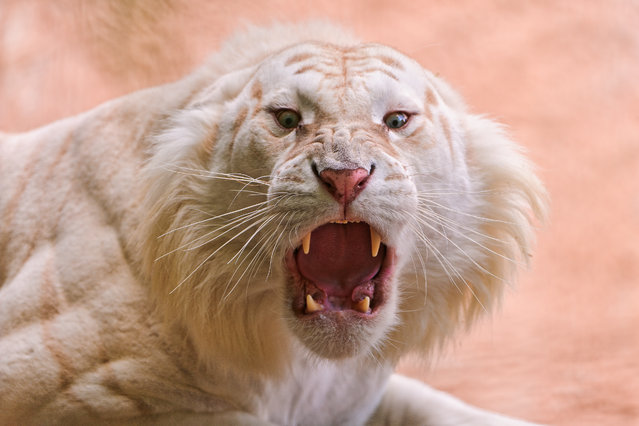
Photo by Tambako The Jaguar

Photo by Tambako The Jaguar
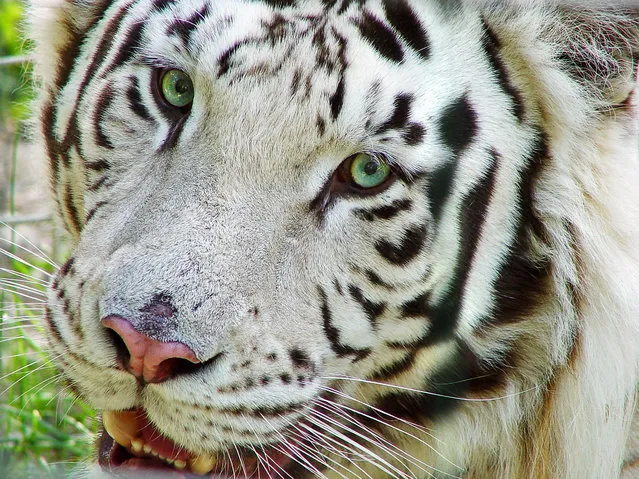
Photo by Tambako The Jaguar
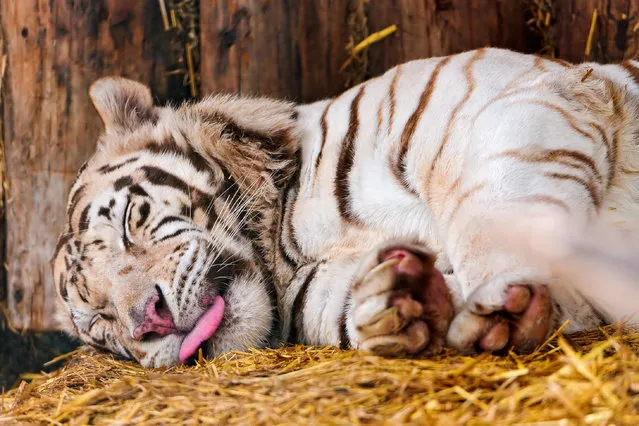
Photo by Tambako The Jaguar

Photo by Tambako The Jaguar
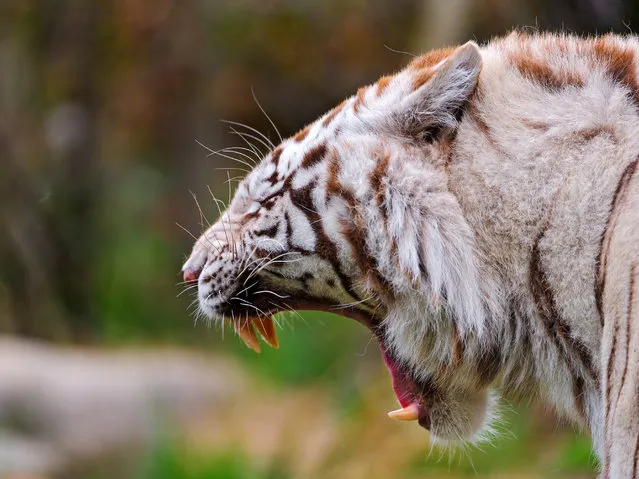
Photo by Tambako The Jaguar

Photo by Nancy Chan

Photo by Nancy Chan

Photo by Nancy Chan

Photo by Nancy Chan

Photo by Karl Drilling
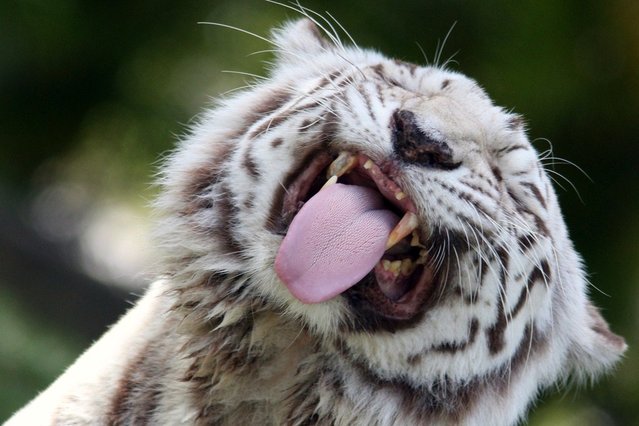
Photo by Dpfunsun
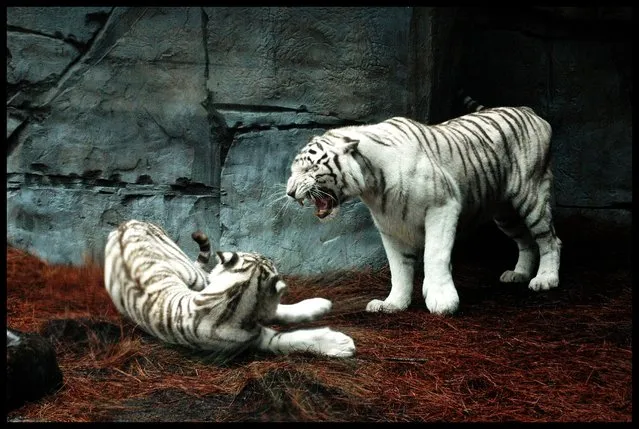
Photo by Mandy
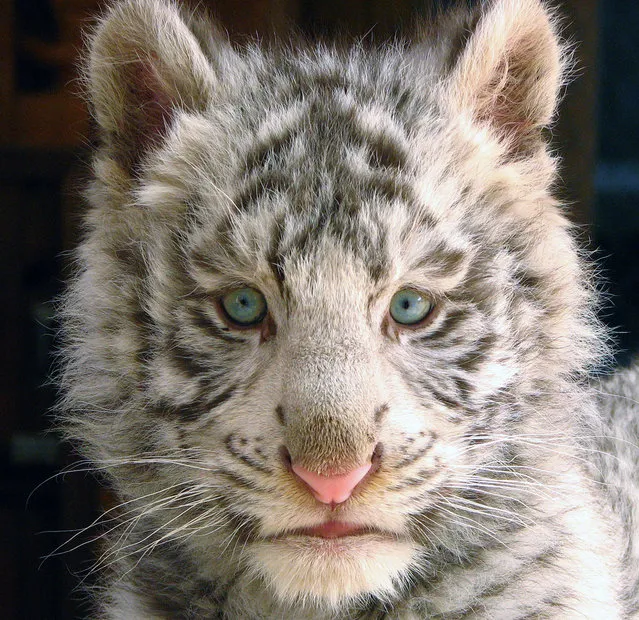
Photo by Andrea Mitchell
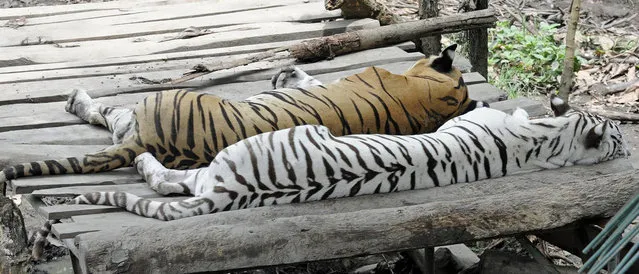
Photo by Frost Photography
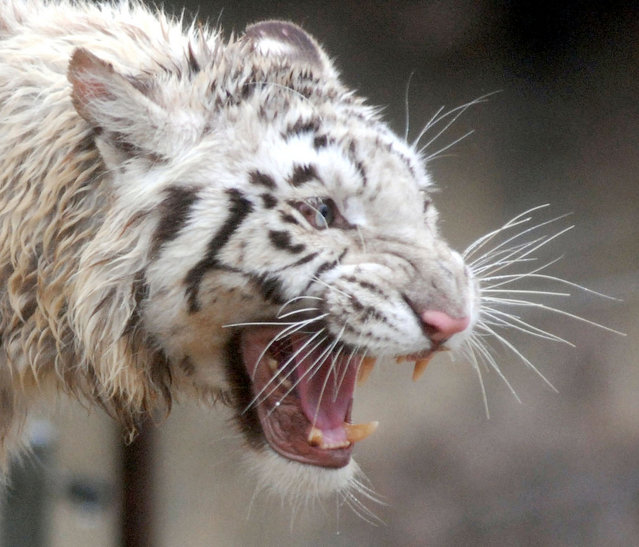
Photo by In Cherl Kim
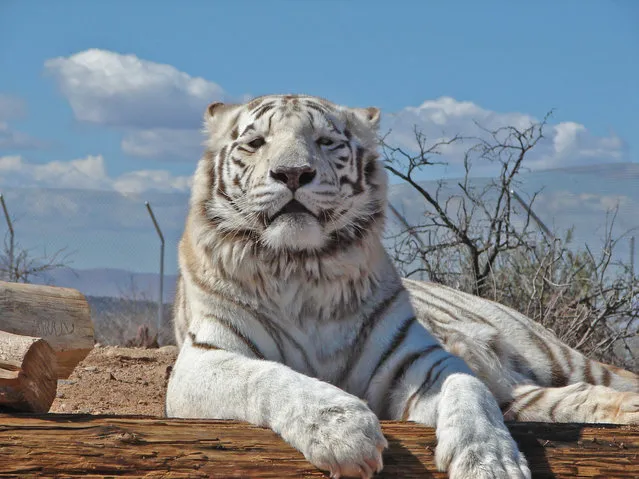
Photo by Pat L.314
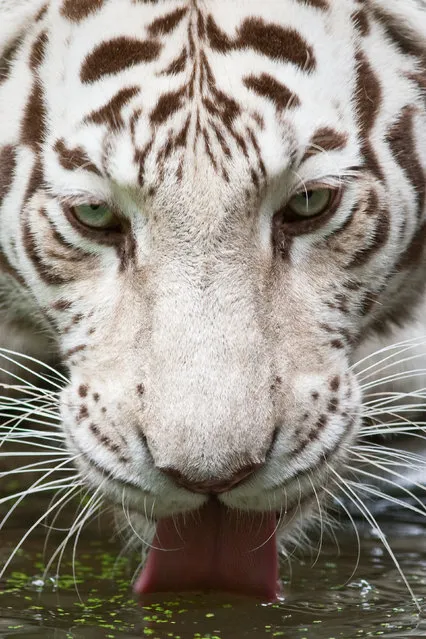
Photo by Arjan Haverkamp
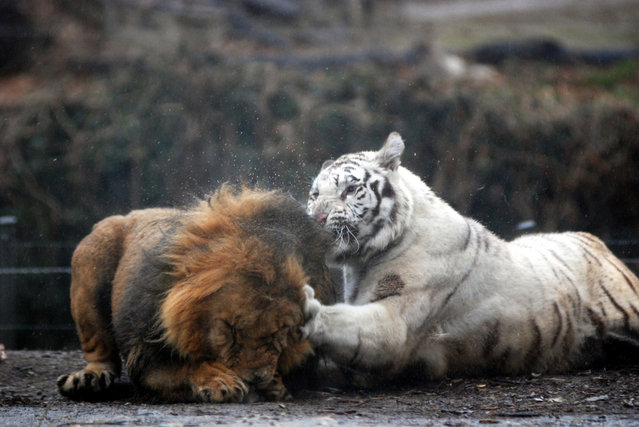
Photo by In Cherl Kim
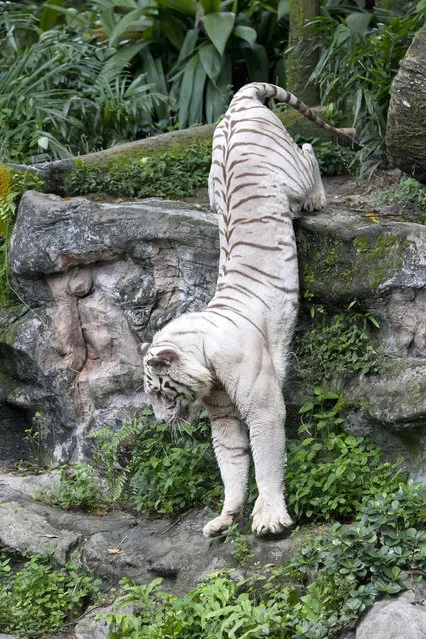
Photo by Barry Zee
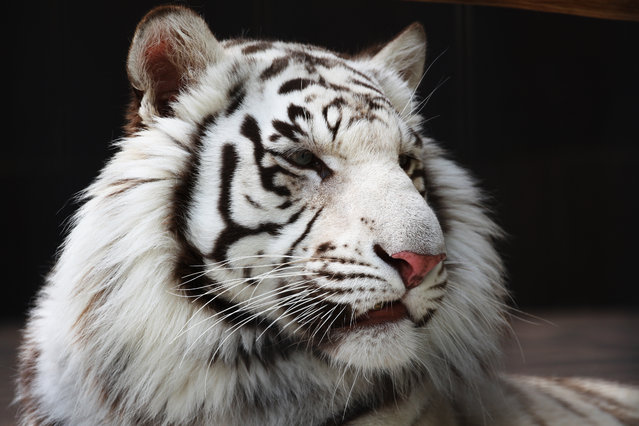
Photo by Craig Kohtz
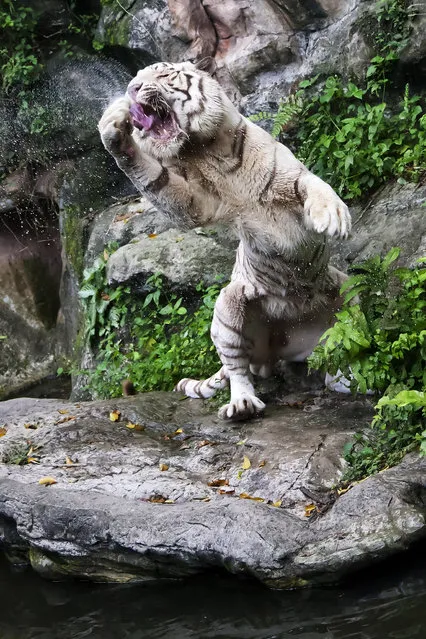
Photo by Barry Zee
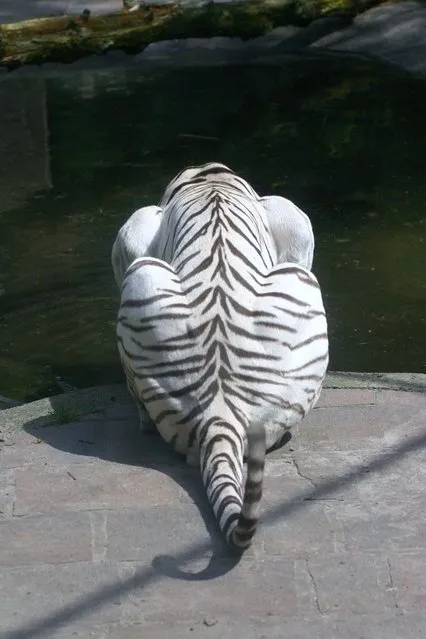
Photo by Willyf
27 Jun 2012 11:51:00,
post received
0 comments
